A Drainage Tile
nonews
20 years ago
Related Stories

BATHROOM DESIGNConvert Your Tub Space Into a Shower — Waterproofing and Drainage
Step 4 in swapping your tub for a sleek new shower: Pick your waterproofing materials and drain, and don't forget to test
Full Story
REMODELING GUIDESContractor Tips: How to Install Tile
Before you pick up a single tile, pull from these tips for expert results
Full Story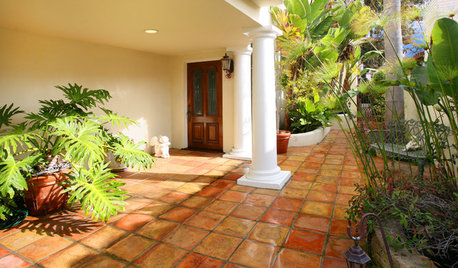
PATIOSLandscape Paving 101: Tiles Bring Bold Color and Pattern
This versatile garden material can blanket an entire patio or liven up the scenery with striking accents
Full Story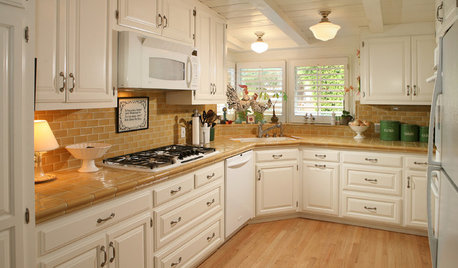
KITCHEN COUNTERTOPSKitchen Counters: Tile, the Choice for Affordable Durability
DIYers and budget-minded remodelers often look to this countertop material, which can last for decades with the right maintenance
Full Story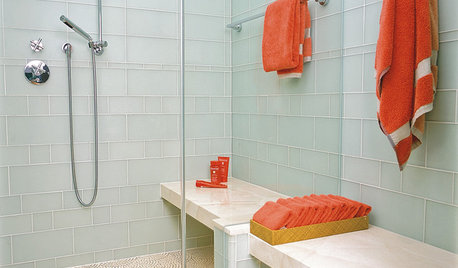
REMODELING GUIDESHouse Planning: How to Choose Tile
Glass, Ceramic, Porcelain...? Three Basic Questions Will Help You Make the Right Pick
Full Story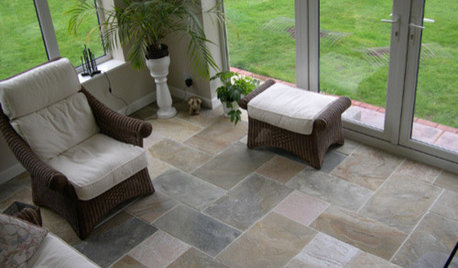
REMODELING GUIDESYour Floor: How to Find Right Stone Tile
Get the Pros and Cons of Slate, Travertine, Sandstone, Marble and Granite
Full Story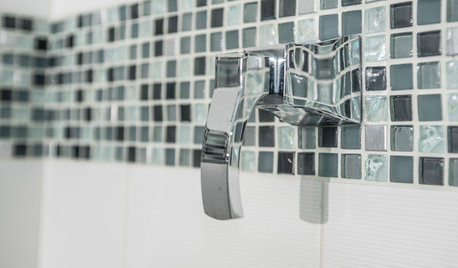
TILE3 Key Steps for Grouting That Looks Its Best
Get your grout right to keep your tile beautiful and for an installation that will last
Full Story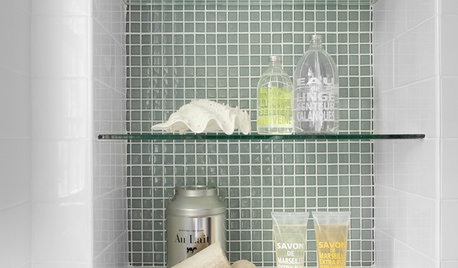
BATHROOM DESIGNHow to Pick a Shower Niche That's Not Stuck in a Rut
Forget "standard." When you're designing a niche, the shelves and spacing have to work for your individual needs
Full Story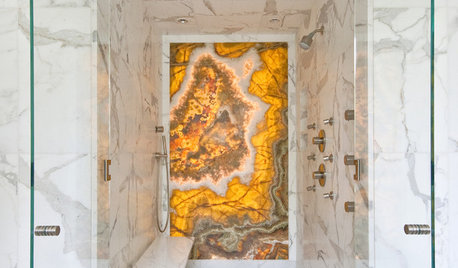
BATHROOM DESIGNHow to Build a Better Shower Curb
Work with your contractors and installers to ensure a safe, stylish curb that keeps the water where it belongs
Full Story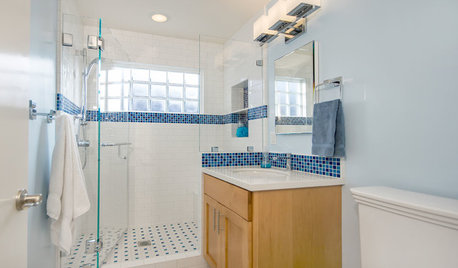
BATHROOM DESIGNLight-Happy Changes Upgrade a Small Bathroom
Glass block windows, Starphire glass shower panes and bright white and blue tile make for a bright new bathroom design
Full StorySponsored






Judy_B_ON
nonewsOriginal Author
Related Professionals
Danbury Landscape Architects & Landscape Designers · Carson Landscape Architects & Landscape Designers · Jennings Landscape Architects & Landscape Designers · Simi Valley Landscape Architects & Landscape Designers · Surprise Landscape Contractors · Anderson Landscape Contractors · Bedford Landscape Contractors · Edwardsville Landscape Contractors · Fairfield Landscape Contractors · Hannibal Landscape Contractors · Stallings Landscape Contractors · Waterford Landscape Contractors · Northlake Landscape Contractors · Phoenix Solar Energy Systems · Shelton Solar Energy SystemsScottReil_GD
nonewsOriginal Author
ScottReil_GD
Ina Plassa_travis
nonewsOriginal Author
ScottReil_GD